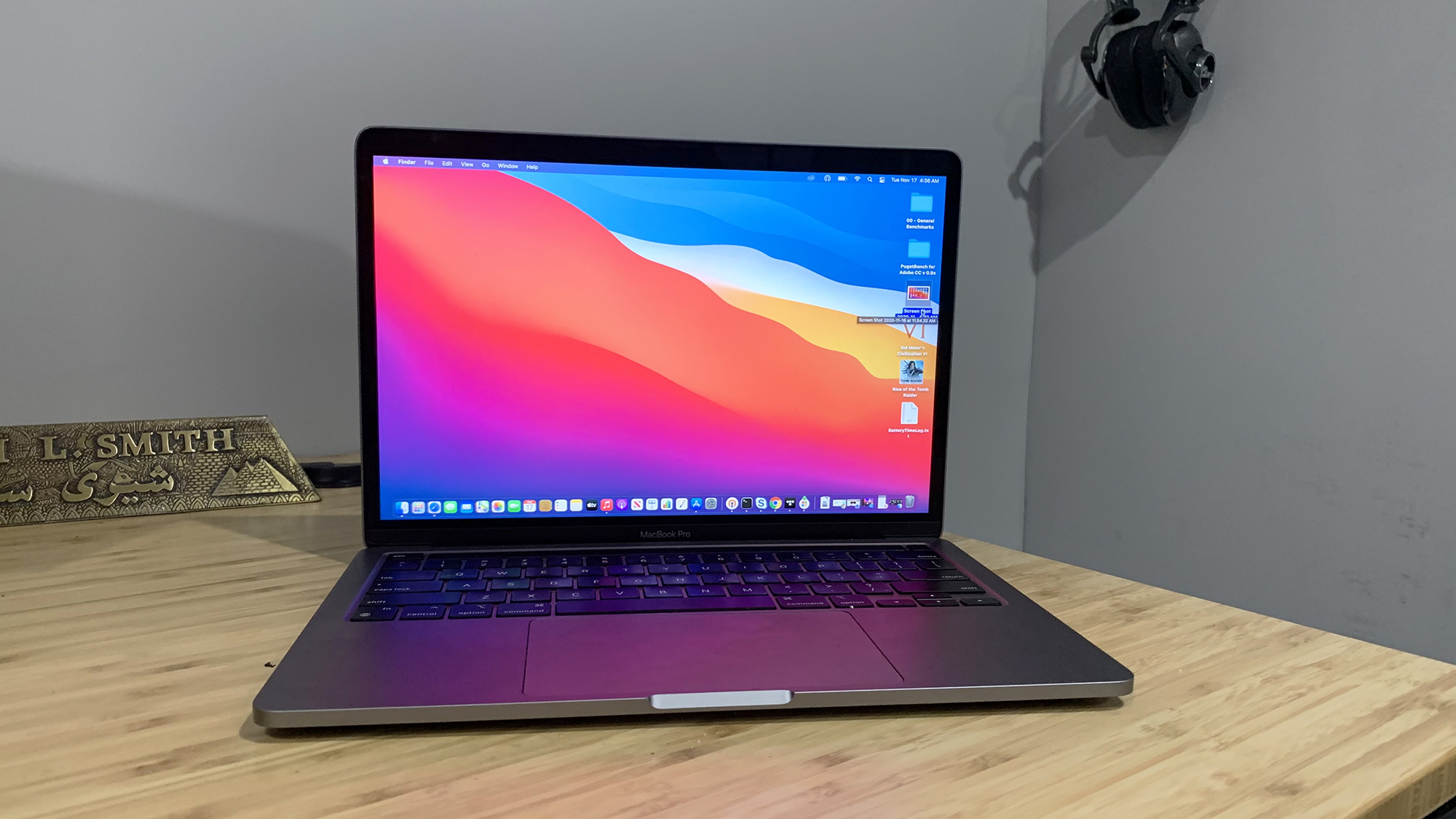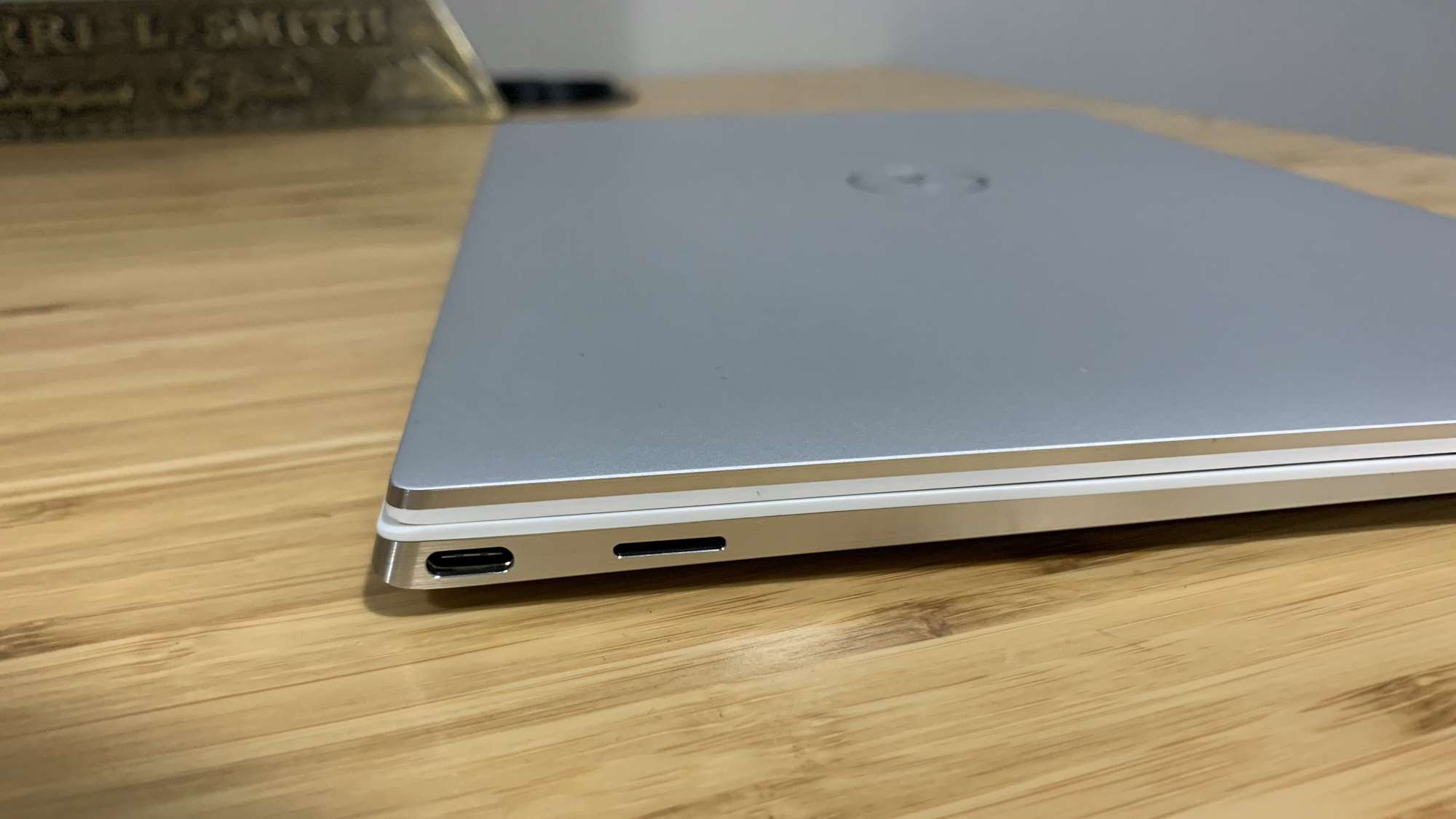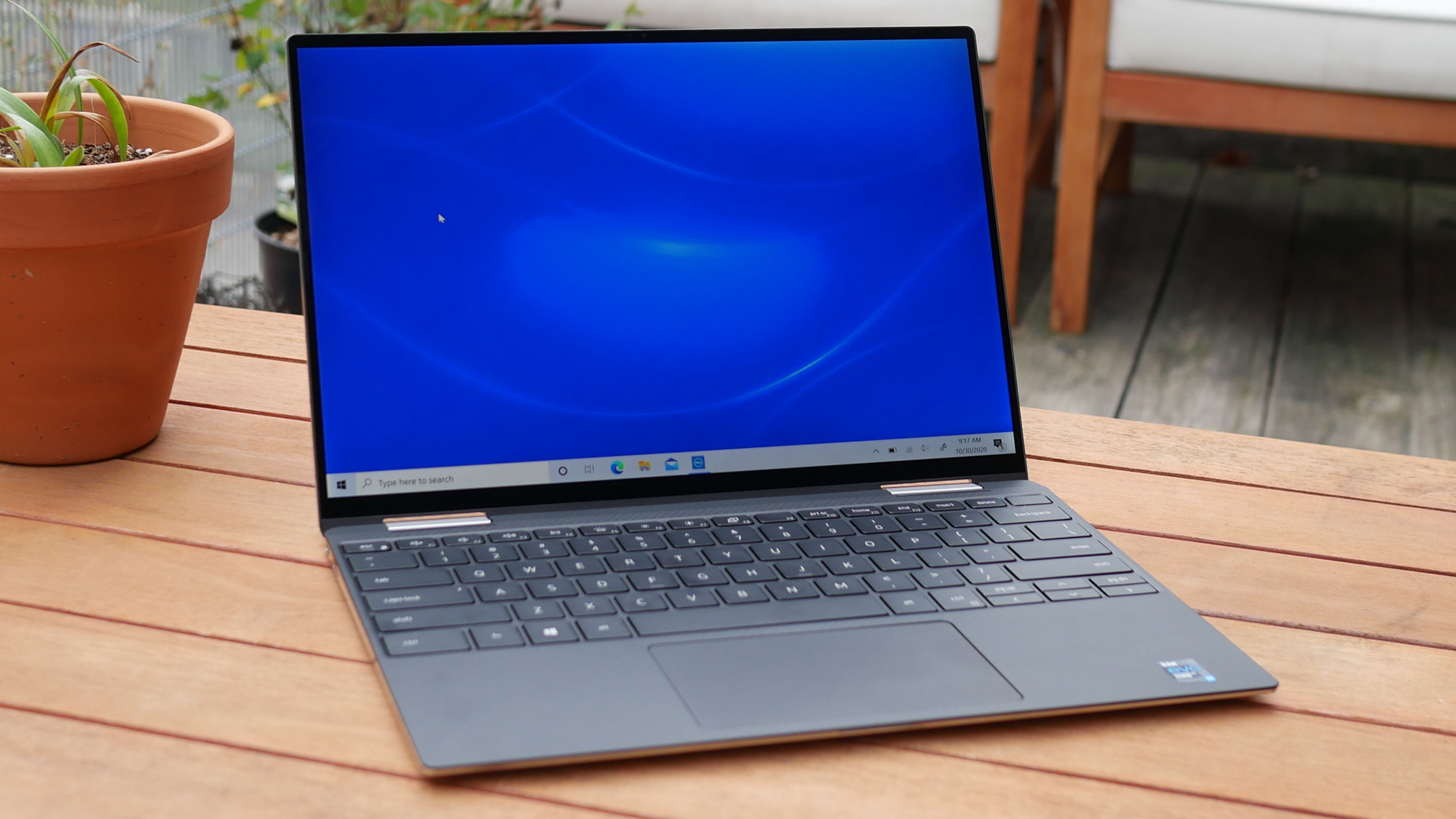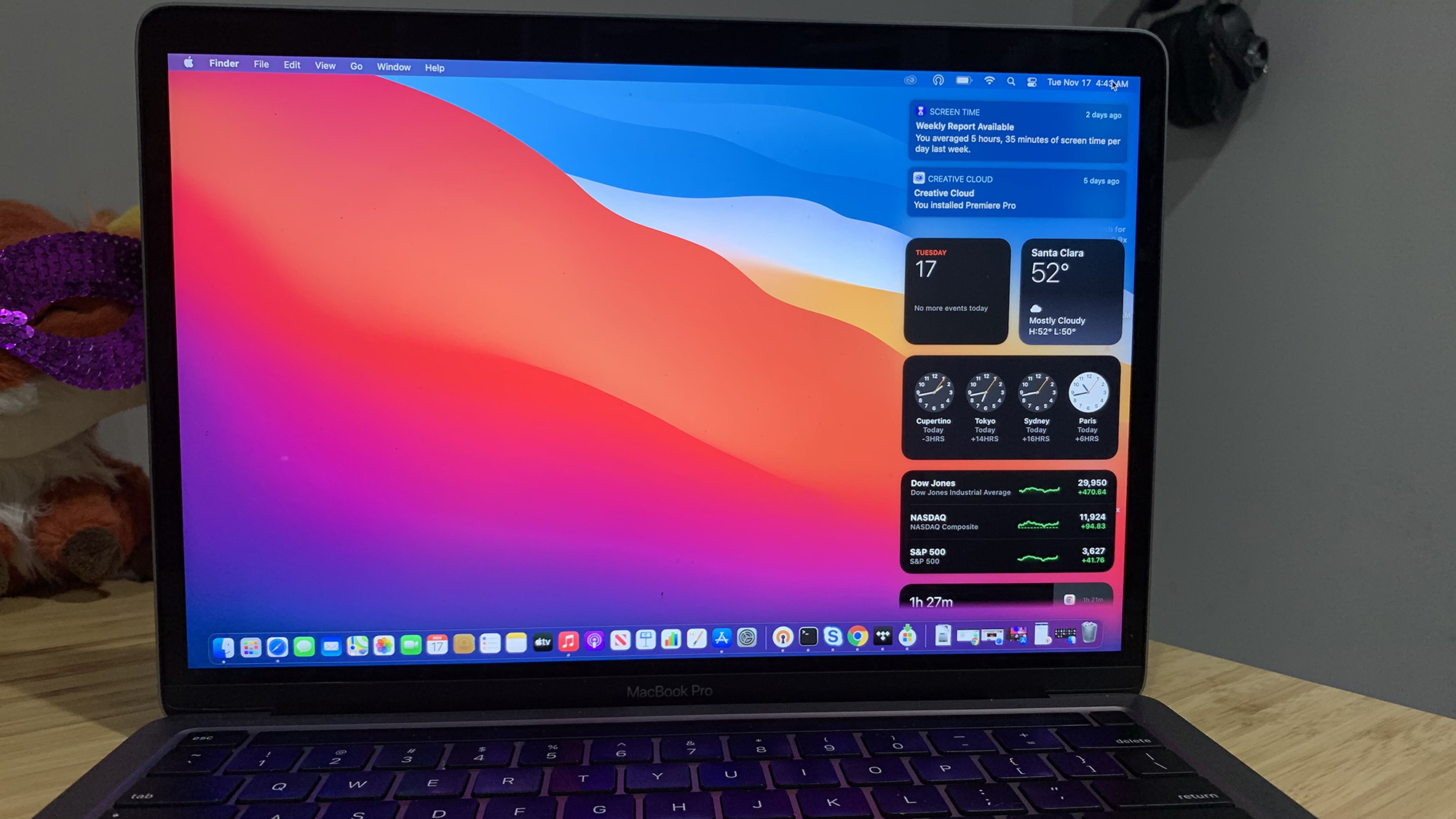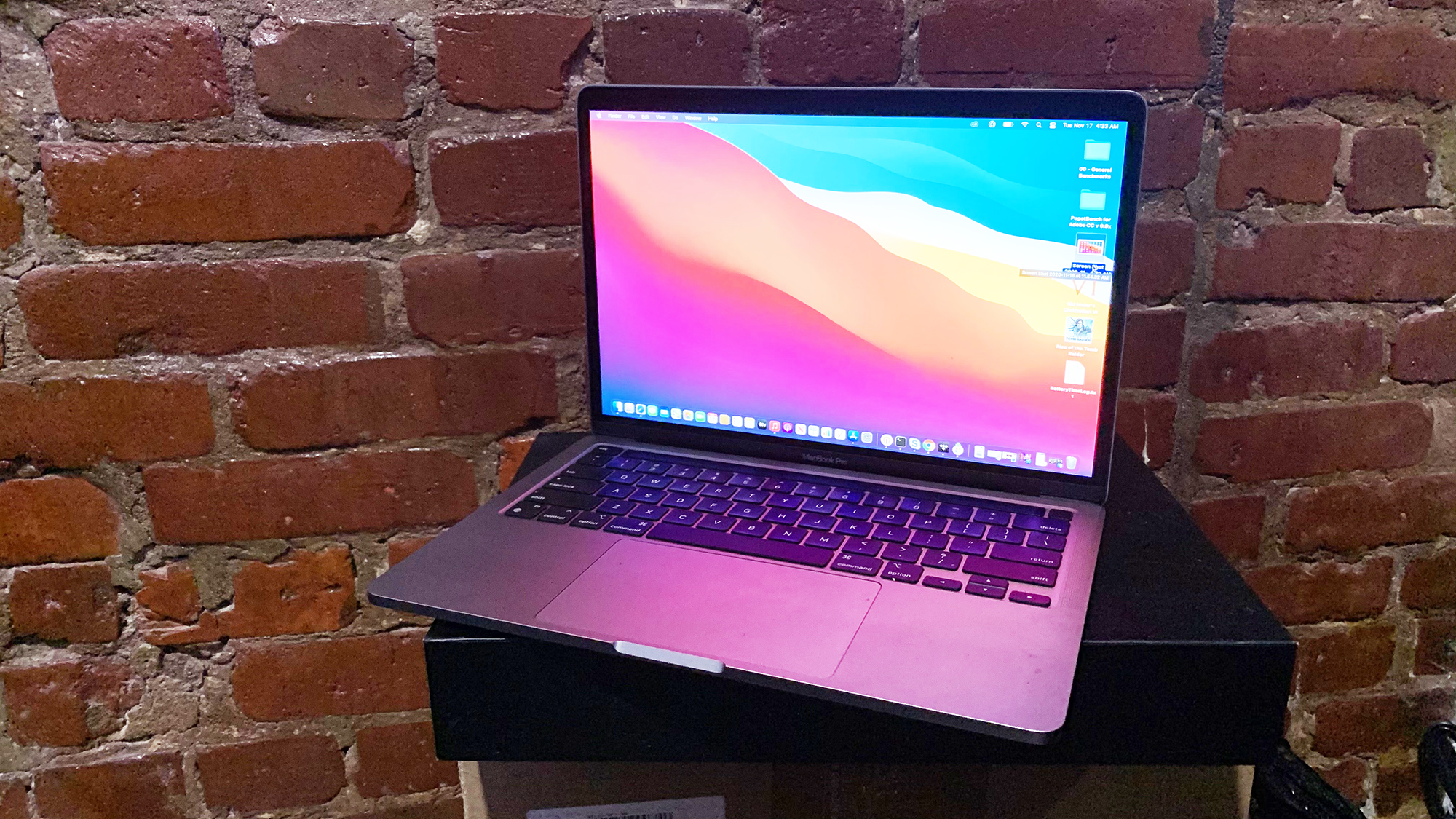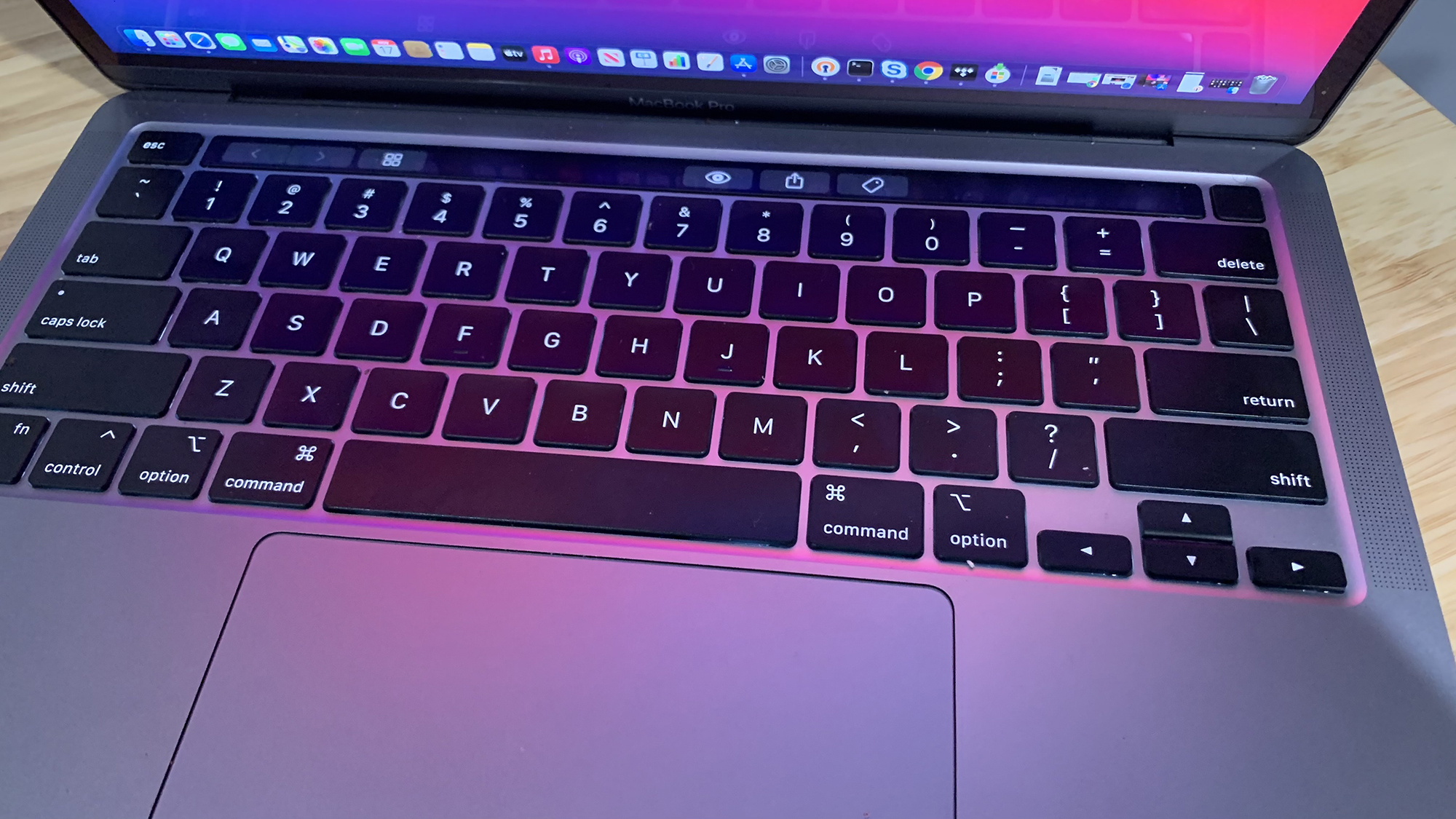MacBook Pro (13-inch, M1) vs. Dell XPS 13: Premium laptop showdown
Battle of the portable behemoths

Prepare for a serious brawl. For this premium laptop face-off, we have two of the most dominant flagship laptops going head-to-head. In one corner, we have the Dell XPS 13, a slim stunner that has perennially sat at the top of our best laptops list for its great blend of performance, portability and endurance. Plus, the company continues to tweak the design and it makes a big difference. The latest iteration of the laptop made the jump to Intel’s 11th Gen Tiger Lake processor, which offers better performance, longer battery life, and with Iris Xe graphics, better gaming performance.
In the opposing corner is the MacBook Pro 13-inch. Another laptop that constantly sits on many of our best lists, including best 13-inch laptops, the Pro is often our most recommended MacBook. It’s a portable powerhouse with a design that’s become synonymous with computing. The newest version of the laptop sports Apple’s highly anticipated M1 chip that has given rise to previously unimaginable performance results, including over 16 hours of battery life.
But in a face-off, only one laptop can take top billing. Read on to meet the new king of premium laptops.
MacBook Pro with M1 vs. Dell XPS 13: Specs
| Row 0 - Cell 0 | MacBook Pro (13-inch, M1, 2020) | Dell XPS 13 |
| Price | $1,299 (starting), $1,899 (reviewed) | $999 (starting), $1,699 (reviewed) |
| Display | 13.3-inch, 2650 x 1600 | 13.4-inch, 1920 x 100 |
| CPU | Apple M1 SoC | 2.8-GHz Intel Core i7-1165G7 processor |
| RAM | 8GB/16GB | 8GB/32GB |
| SSD | 256GB/2TB | 256GB/2TB M.2 PCIe NVMe SSD |
| Ports | Two Thunderbolt 4, headset jack | Two Thunderbolt 4, microSD card slot headset jack |
| Colors | Space Gray, Silver | Frost Sliver/Arctic White, Platinum Silver/Black |
| Size | 12 x 8.4 x 0.6 inches | 11.6 x 7.8 x 0.6 inches |
| Weight | 3 pounds | 2.8 pounds |
MacBook Pro with M1 vs. Dell XPS 13: Pricing and configuration
The XPS 13 might be a premium system, but Dell still tries to go a little easy on consumer wallets –– at least at first. The notebook starts at $999 and has a 1.7-GHz Intel Core i3-1115G4 CPU with 8GB of RAM, a 256GB M.2 PCIe NVMe SSD, Intel UHD Graphics and a 13.4-inch, 1920 x 1200 non-touch display.
For only $100 more ($1,099), you get a 2.4-GHz Intel Core i5-1135G7 CPU and an Intel Iris Xe Graphics GPU. My review unit costs $1,699 and steps you up to a 2.8-GHz Intel Core i7-1165G7 processor, 16GB of RAM, a 512GB M.2 PCIe NVMe SSD, and adds a touchscreen to the mix. The $2,499 model gives you 32GB of RAM, a 2TB M.2 PCIe NVMe SSD and a 3840 x 2400-pixel touch panel.
Since it’s a MacBook Pro, Apple pulls no punches on the price. The base model starts at $1,299 and features Apple’s new M1 SoC (System on a Chip), 8GB of RAM and a 256GB SSD, an integrated GPU and a 13.3-inch, 2650 x 1600 non-touch panel. My $1,899 review model doubles the RAM and quadruples the storage while the $2,299 version brings the storage up to 2TB.
Winner: Dell XPS 13
Sign up to receive The Snapshot, a free special dispatch from Laptop Mag, in your inbox.
MacBook Pro with M1 vs. Dell XPS 13: Design
Both Apple and Dell’s flagship laptops have easily recognizable looks. Available in Space Gray and Silver, the MacBook Pro has a unibody aluminum chassis that’s the epitome of minimalist chic, sporting a gleaming chrome accent in the form of that eponymous half-eaten fruit. Opening the laptop reveals a familiar black island-style keyboard, And since this is a Pro, you have the Touch Bar sandwiched between the Esc and Power/Touch ID buttons.
I reviewed the Frost Silver and Arctic White color scheme of the XPS 13, which is my favorite look, as opposed to the Platinum Silver and Black. The lid of the laptop and undercarriage is made from anodized aluminum chassis, but the top is adorned with a center-laid, shiny silver Dell logo. The notebook has a twin-coil hinge which makes opening the laptop with one hand incredibly easy. It makes getting to Dell’s proprietary Arctic White stain-proof glass fiber weave with the white Chiclet keyboard that much quicker.
At 2.8 pounds, 11.6 x 7.8 x 0.6 inches, the XPS 13 is the lighter of these two admittedly featherweight laptops. The 12 x 8.4 x 0.6-inch MacBook Pro is just a bit heavier at 3 pounds.
Winner: Dell XPS 13
MacBook Pro with M1 vs. Dell XPS 13: Security
In a bit of security peekaboo, both systems have a fingerprint scanner hiding out in the power button. But where Dell relies on Windows Hello, Apple uses Touch ID. But Apple doesn’t stop there. The M1 chip provides data encryption, hardware-verified secure boot, automatic high-performance encryption and advanced runtime protections as part of its Secure Enclave software.
I do wish Apple would use an IR camera. Since it has wake-from-sleep capabilities, the login process needs to be just as immediate. Meanwhile, the XPS 13 could use a few more security features including either a physical shutter or kill switch for the camera.
Winner: MacBook Pro
MacBook Pro with M1 vs. Dell XPS 13: Ports
Both laptops leave me yearning for more ports. However, only the XPS 13 is equipped with the new Thunderbolt 4 ports while the MacBook Pro uses Thunderbolt 3 with USB4 support. If you’re wondering how Apple managed to pull that off despite not working with Intel anymore, remember the two companies collaborated a decade ago to create the technology.
Dell has the better offering of ports with a Thunderbolt 4 port on either side of the system along with a headset jack on the right side and a microSD card slot on the left. And while Dell is kind enough to include a USB-C-to-USB-A adapter, Apple offers no such charity for its pair of Thunderbolt 3 ports and headset jack. You’ll have to fork out an extra $19 for a dongle.
Also in terms of port location, I prefer Dell’s decision to put a port on each side of the laptop instead of putting everything on the left.
Winner: Dell XPS 13
MacBook Pro with M1 vs. Dell XPS 13: Display
Watching the Come Away trailer side-by-side on both notebooks, the MacBook Pro’s display definitely had sharper detail. I saw more of the filigree in the red lace parasol as Alice made her way down a pathway lined with crimson leaves and thick green vines. Colors were definitely more saturated on the MacBook’s display, but Alice’s skin tone looked more natural on the XPS 13.
When we tested the MacBook Pro’s color reproduction capabilities, it registered 78.3% on the DCI-P3 color gamut, beating the XPS 13’s 69.4%. However, the XPS 13 fought back, outshining the MacBook Pro 469 nits to 435 nits.
And while the MacBook might have the prettier display, one thing that isn’t so cute are those chunky bezels, especially compared to the XPS 13’s barely-there InfinityEdge bezels.
Winner: MacBook Pro
MacBook Pro with M1 vs. Dell XPS 13: Audio
The MacBook Pro has a clear advantage with its top-firing speakers. The keyboard, strings and synth were definitely louder on the Pro compared to the XPS 13’s bottom-mounted speakers when I listened to 2 Chainz “Southside Hov.” Still, both systems delivered rich, clear audio, especially with the drum kit.
I heard similar results on Masego’s “Queen Tings,” where the alto saxophone seemed to meld with the singer’s vocal at certain points on the MacBook Pro. However, I did notice that higher notes on the keyboard were a little distorted at maximum volume. The XPS 13 had a more restrained performance that did a better job of presenting balance.
When I listened to DaniLeigh’s “Mistreated,” the Spanish guitar and bass sounded fuller on the MacBook Pro, while the higher chords on the piano had more depth on the XPS 13. The vocals were about even.
Winner: MacBook Pro
MacBook Pro with M1 vs. Dell XPS 13: Keyboard
This round was a close one. Dell increased the size of its island-style backlit keys by 9%, making it easy for anyone to peck out a message, even those with chunky digits. Despite their size, the keys are well spaced and offer firm, bouncy feedback. I reached my typical 70 words per minute on the 10fastfingers typing test.
Apple’s Magic keyboard delivers springy feedback with large keycaps and generous key spacing. I easily surpassed my 70 words per minute average, hitting 76 wpm on the 10fastfingers typing test. While both keyboards provide a comfortable typing experience, the MacBook Pro had more of a snap and a click.
Winner: MacBook Pro
MacBook Pro with M1 vs. Dell XPS 13: Performance
This was a blowout, but it didn’t start out that way. Both notebooks easily handled 40 open tabs on Google Chrome including Twitch, YouTube, Tweetdeck, Google Docs and Google Sheets. However, once we started our synthetic test, there was no contest.
On the Geekbench 5.0 overall performance test, the MacBook Pro achieved 5,882 compared to the XPS 13’s (Intel Core i7-1165G7 CPU) 5,254.
The MacBook Pro owned the competition on the Handbrake benchmark where we have the laptop convert a 4K video to 1080p. On the Silicon Beta version of Handbrake, the MacBook clocked a time of 7 minutes and 44 seconds, during the Rosetta 2 iteration, the time rose to 13:38. Both times were better than the XPS 13’s 18:22.
When we ran the Puget Photoshop test (looping through 21 different Photoshop tasks three times per run), the MacBook obtained 649, beating the XPS 13’s 588.
Winner: MacBook Pro
MacBook Pro with M1 vs. Dell XPS 13: Graphics
Not only is the MacBook Pro dishing out beatings in overall performance, but it also has a mean right hook when it comes to gaming. The closest discrete chip to the integrated 8-core M1 GPU is the Nvidia GeForce GTX 1050 Ti GPU. It’s enough to consistently outperform Intel’s new integrated Iris Xe Graphics chips.
When we ran the Rise of the Tomb Raider benchmark at 1080p, the MacBook Pro had a frame rate of 18 fps, defeating the XPS 13’s 12 fps.
During the Sid Meier’s Civilization Gathering Storm test, the MacBook Pro notched 29 fps, beating the XPS 13, which only reached 16 fps.
Winner: MacBook Pro
MacBook Pro with M1 vs. Dell XPS 13: Battery life
Thanks to the M1 chip, with all its fancy high-efficiency cores, this iteration of the MacBook Pro is rated for 20 hours of video playback and 17 hours of web browsing. It didn’t last quite that long, but I was still impressed that the laptop lasted 16 hours, 32 minutes on the Laptop Mag Battery Test (continuous web surfing over Wi-Fi at 150 nits of brightness). The XPS 13 also did well but was nowhere close with a time of 11:07.
Winner: MacBook Pro
Overall Winner: MacBook Pro with M1
| Row 0 - Cell 0 | MacBook Pro (13-inch, M1, 2020) | Dell XPS 13 |
| Pricing and Configurations (10) | 7 | 10 |
| Design (10) | 8 | 10 |
| Ports (10) | 7 | 10 |
| Display (15) | 14 | 12 |
| Audio (5) | 4 | 3 |
| Keyboard (10) | 9 | 7 |
| Performance (20) | 19 | 17 |
| Graphics (15) | 14 | 12 |
| Battery Life (15) | 15 | 13 |
| Overall (100) | 97 | 94 |
Apple created a certified monster with its latest MacBook Pro. Armed with the company’s new M1 SoC, not only is the laptop more powerful on both the overall performance and gaming fronts, but it lasts longer too. Plus, with its vivid Retina display panel and surprisingly strong speakers, the MacBook Pro proves why it’s the ideal for content creators and consumers alike. And when it’s time to get work done, it’s got a seriously comfortable keyboard with clicky feedback. Apple has officially put the industry on notice.
That’s not to say the Dell XPS 13 is a slouch –– far from it. With its 11th Gen Tiger Lake, the XPS 13 has a whole bunch of win crammed into that 0.6-inch frame. It’s got a host of Intel promised features, including better CPU and graphics performance and longer battery life than previous versions. You also get Thunderbolt 4 and Wi-Fi 6. Plus, it has a smaller frame with virtually no bezels and a bright, beautiful display.
Overall, both laptops are great options for power users. But if you want the best performance and battery life, the MacBook Pro is your laptop.

Sherri L. Smith has been cranking out product reviews for Laptopmag.com since 2011. In that time, she's reviewed more than her share of laptops, tablets, smartphones and everything in between. The resident gamer and audio junkie, Sherri was previously a managing editor for Black Web 2.0 and contributed to BET.Com and Popgadget.

